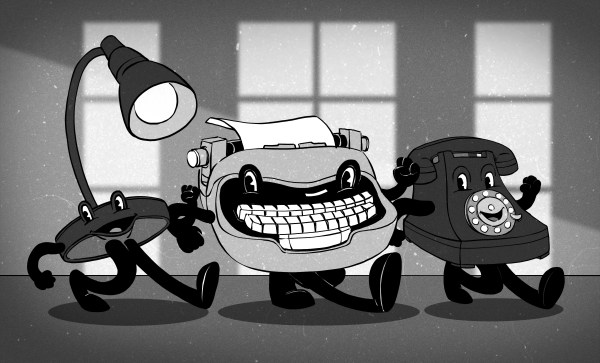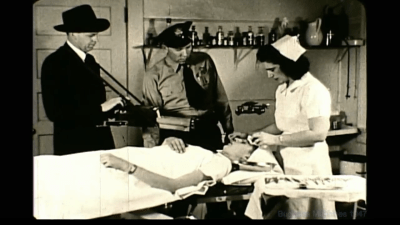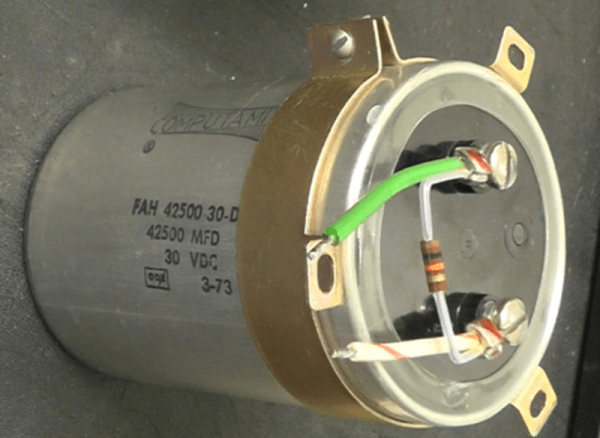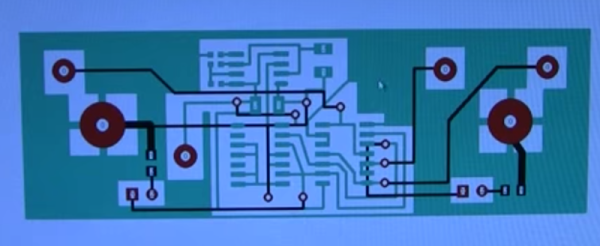At Hackaday, we comb the world of tech in search of good things to bring you. Today’s search brought up something very familiar, [Jazzy Jane] has an Advance E1 tube signal generator, the same model as the unit on the shelf above where this is being written. It’s new to her, so she’s giving it a teardown and fixing any safety issues before powering it on.
For a 70+ year old unit, the quality of these instruments was such that they remain useful and reliable to this day. Unsurprisingly a few things need looking at, such as an aged mains lead and a pair of filter caps in the power supply which haven’t aged well. These parts failed on the E1 here too, and while she’s taking the time to order appropriate replacements we have to admit to being cheapskates and robbing parts with an appropriate working voltage for ours from a nearby PC power supply.
Where this one becomes rather interesting is in an extra switch and socket. It’s a wafer switch with a load of capacitors, and the best guess is it provides some adjustability for the inbuilt audio oscillator which had a fixed frequency on stock models. This is part one of a series though, so we’re looking forward to finding out its purpose in the next installment. Take a look at the video below the break, and if that’s not enough, we seem to have had more than one piece of vintage British test equipment here of late.
Continue reading “Everyone Needs A 1950s Signal Generator In Their Life”















